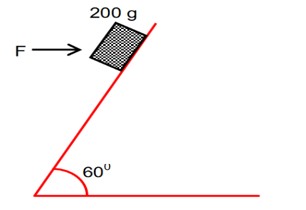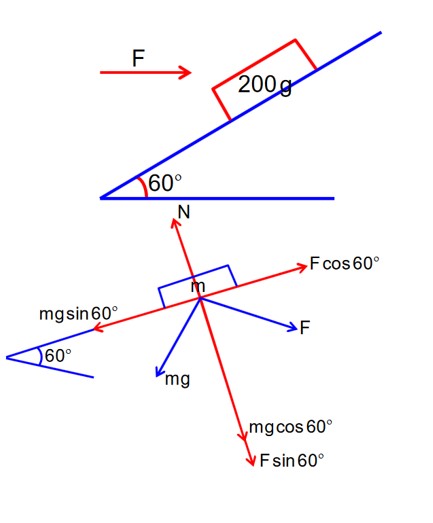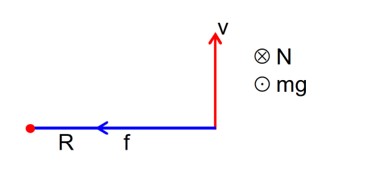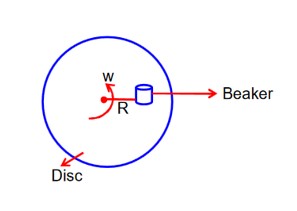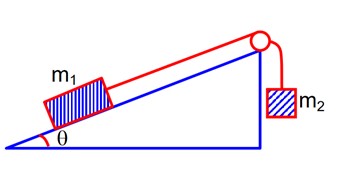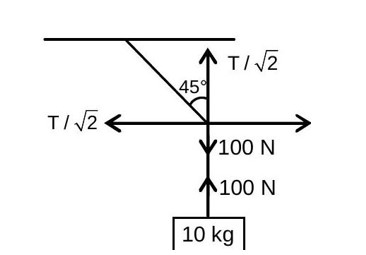Physics Laws of Motion
Get insights from 189 questions on Physics Laws of Motion, answered by students, alumni, and experts. You may also ask and answer any question you like about Physics Laws of Motion
Follow Ask QuestionQuestions
Discussions
Active Users
Followers
New answer posted
3 months agoContributor-Level 10
For equilibrium along the incline plane is given by,
F cos 60° = mg sin 60°
New answer posted
3 months agoNew answer posted
3 months agoContributor-Level 10
The two conditions for equilibrium in physics are
- Translational Equilibrium: The net force acting on the object must be zero, which means all the horizontal and vertical forces cancel each other out.
- Rotational Equilibrium: The net torque must also be zero, indicating that the clockwise and counter-clockwise torques are balanced.
New answer posted
3 months agoContributor-Level 10
To reach equilibrium, all the forces and torques acting on an object need to balance each other out. In short, every action force must be met with an equal and opposite reaction. Static equilibrium happens when the object is at rest. Dynamic equilibrium is when it's moving at a constant velocity. Usually, we draw a free-body diagram to visualise these forces. Further, to prove that the object has reached equilibrium state, we use Newton's laws to prove that both the net force and net torque equal zero.
New answer posted
3 months agoContributor-Level 10
Equilibrium in physics tells us about a situation where an object's motion or resting situation does not change. This can mean the object is either at rest (static) or moving at a steady speed (dynamic). This state occurs when there's no net external force or torque acting on the object. This thought follows Newton's First Law, which we know that an object will maintain its state of motion unless a force acts upon it.
New answer posted
3 months agoContributor-Level 10
Assume both the block is moving with common acceleration 'a' then
N = mg
N = 2g
For no slipping
New answer posted
3 months agoContributor-Level 10
From the physics perspective, in uniform circular motion, speed and angular velocity are constant. That makes the angular acceleration and tangential acceleration are zero. Non-uniform motion, on the other hand, has varying speed and angular velocity, where angular acceleration is non-zero.
Taking an Exam? Selecting a College?
Get authentic answers from experts, students and alumni that you won't find anywhere else
Sign Up on ShikshaOn Shiksha, get access to
- 65k Colleges
- 1.2k Exams
- 679k Reviews
- 1800k Answers

